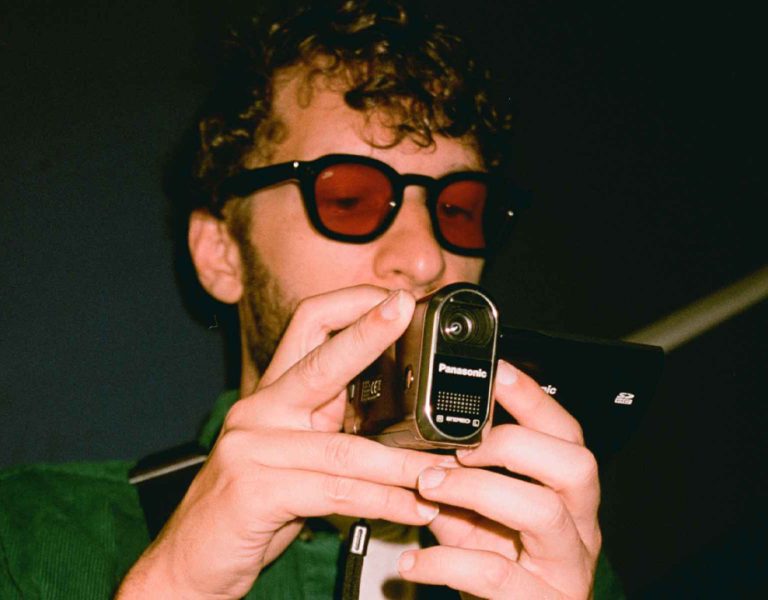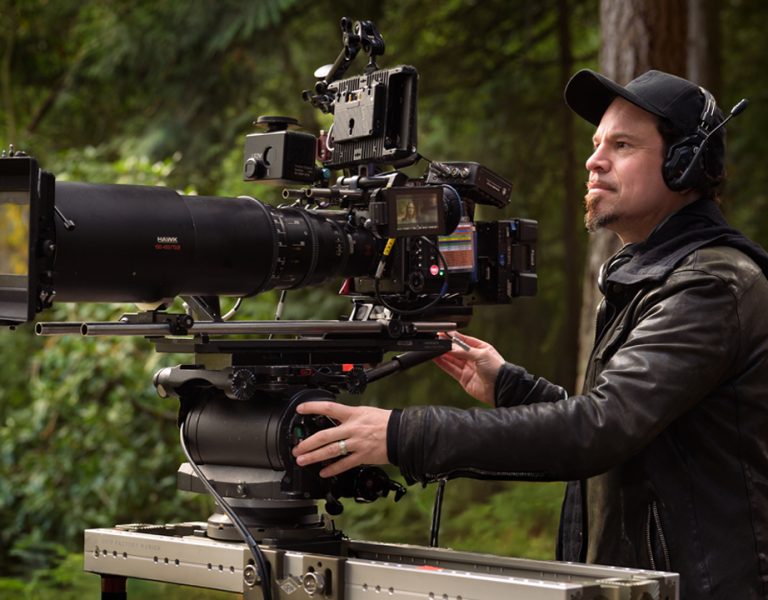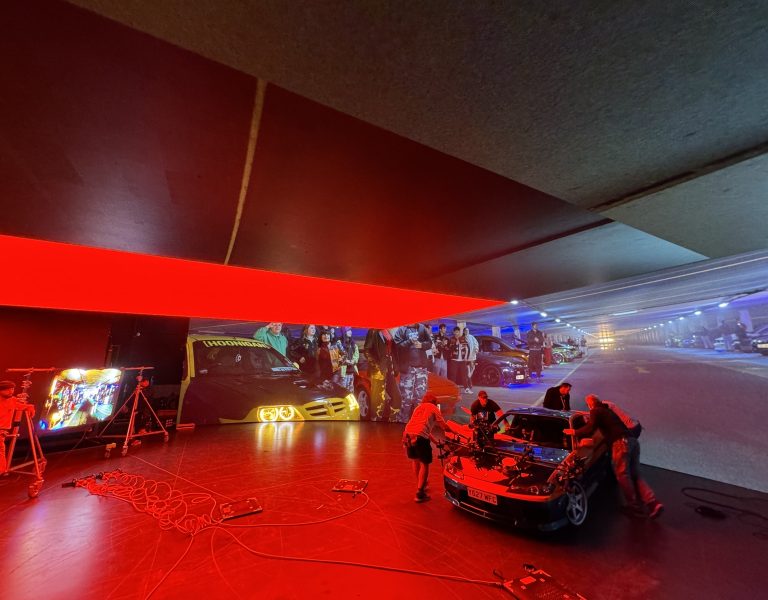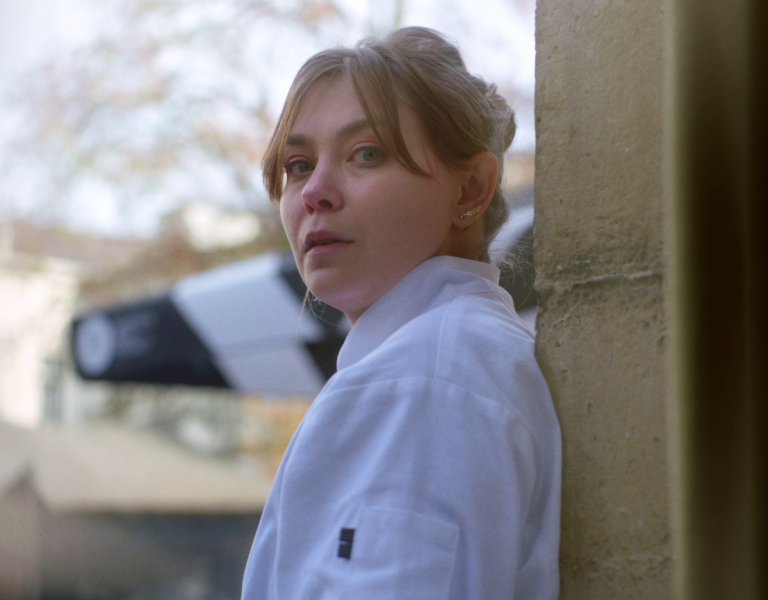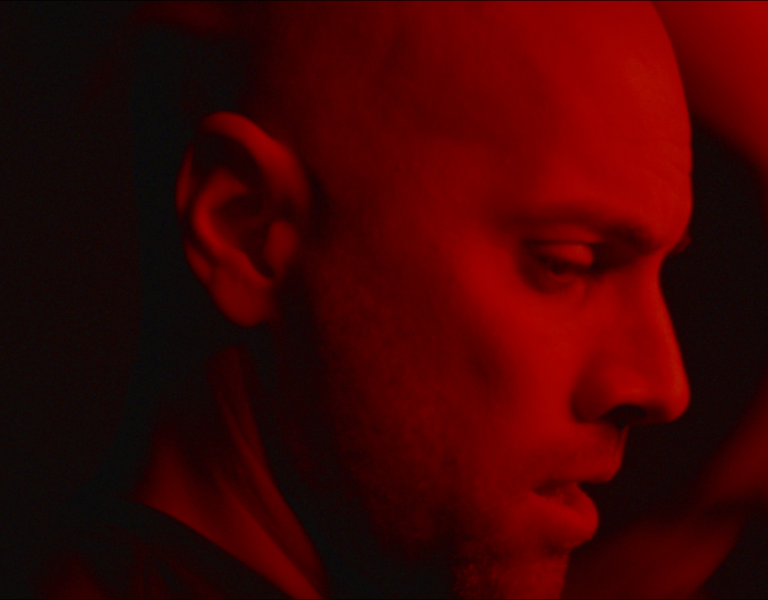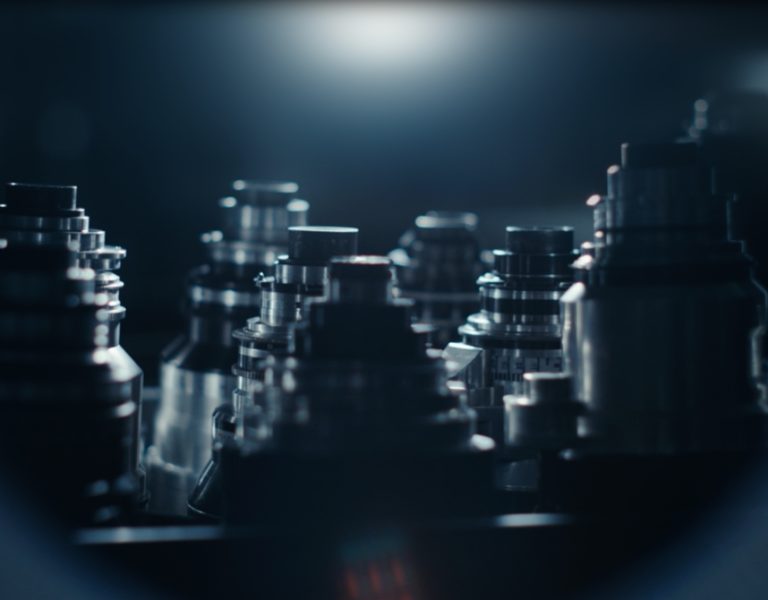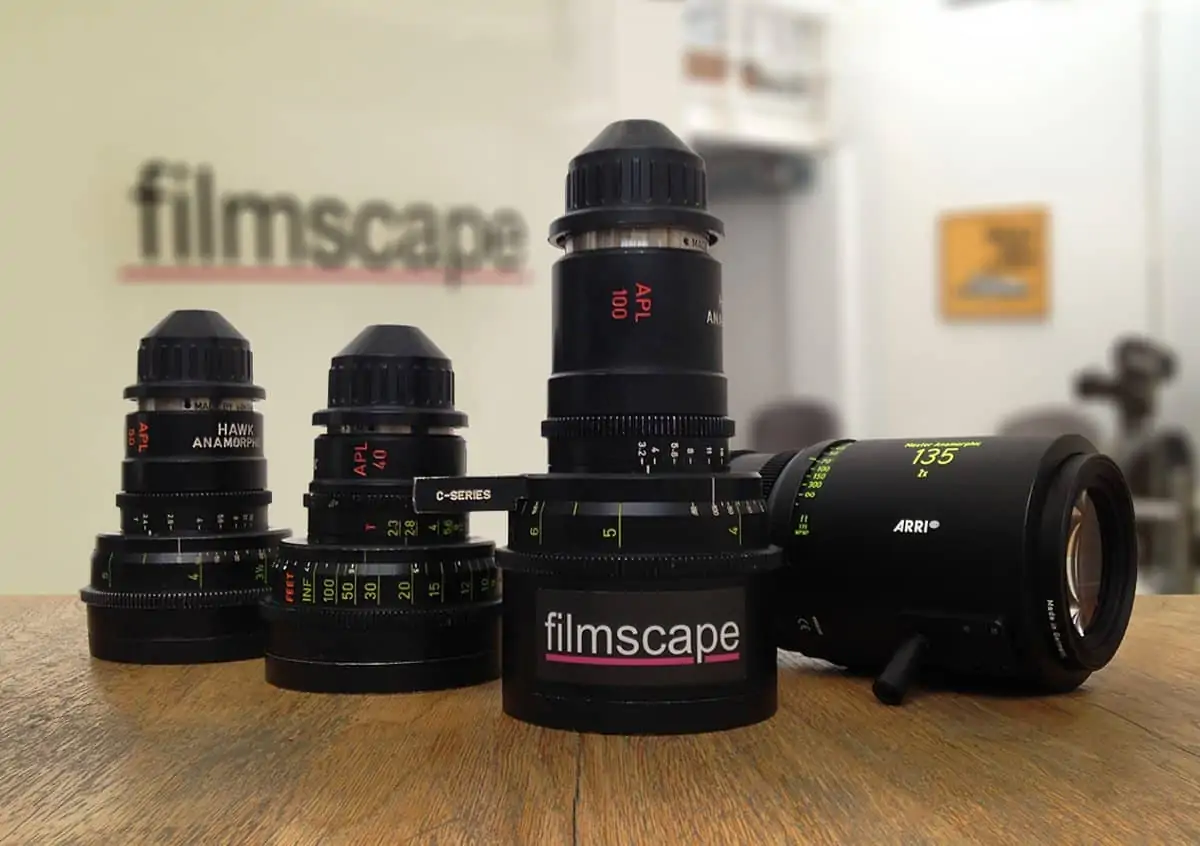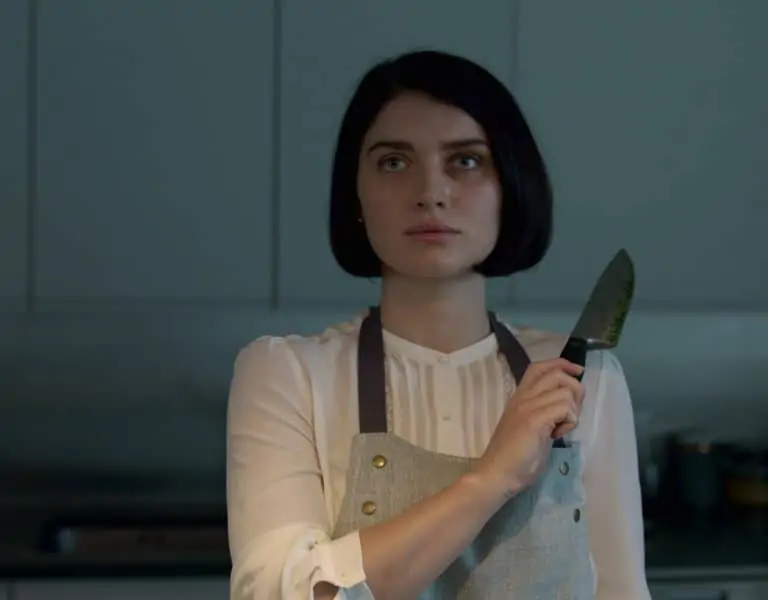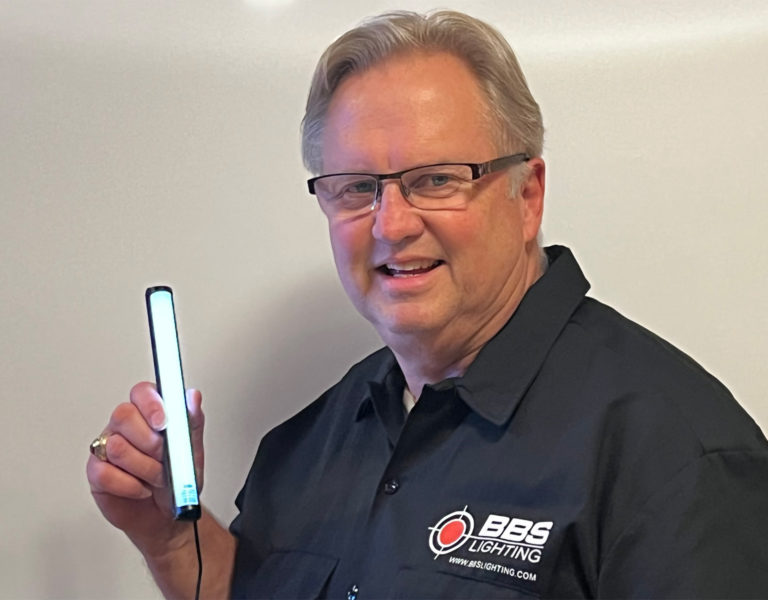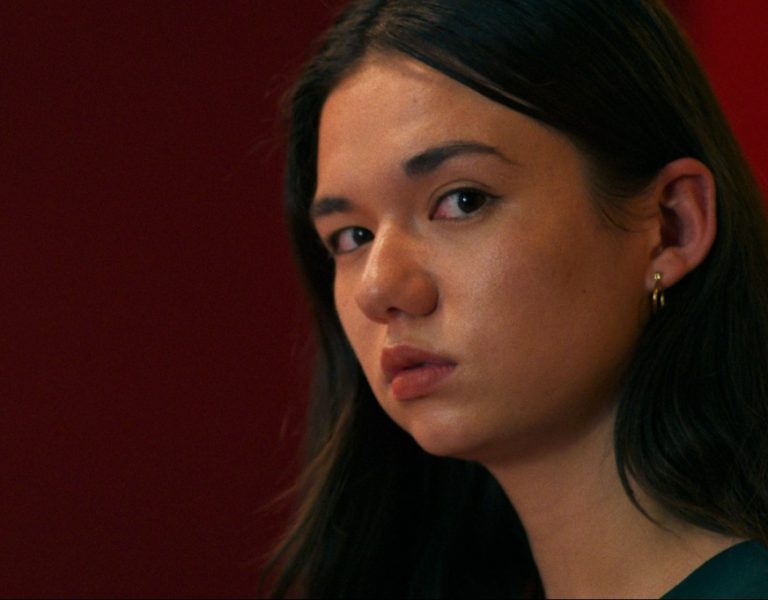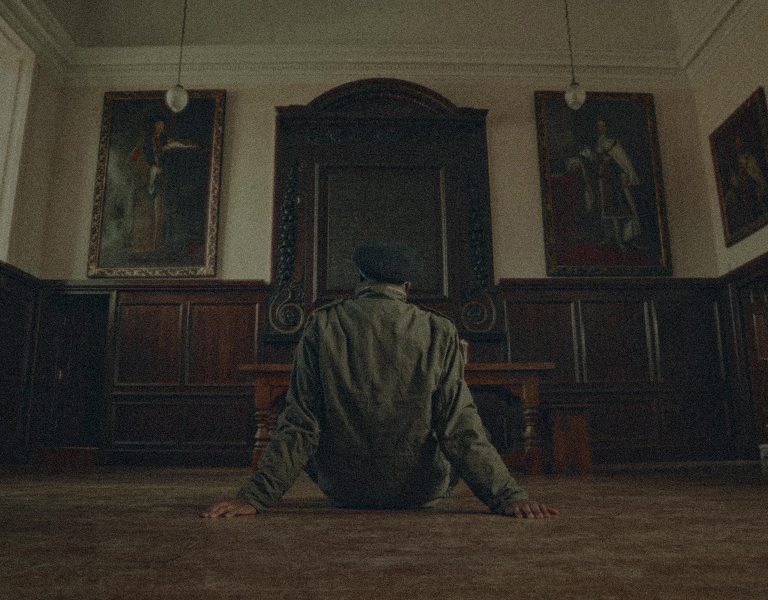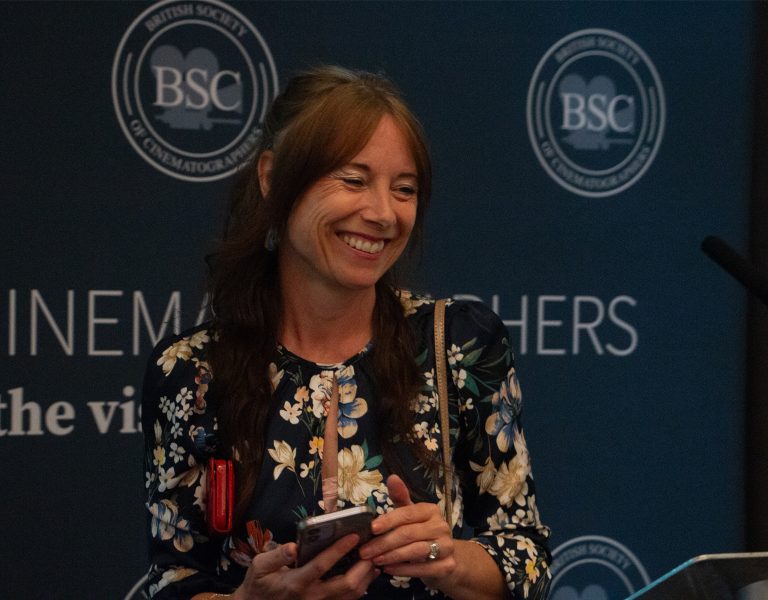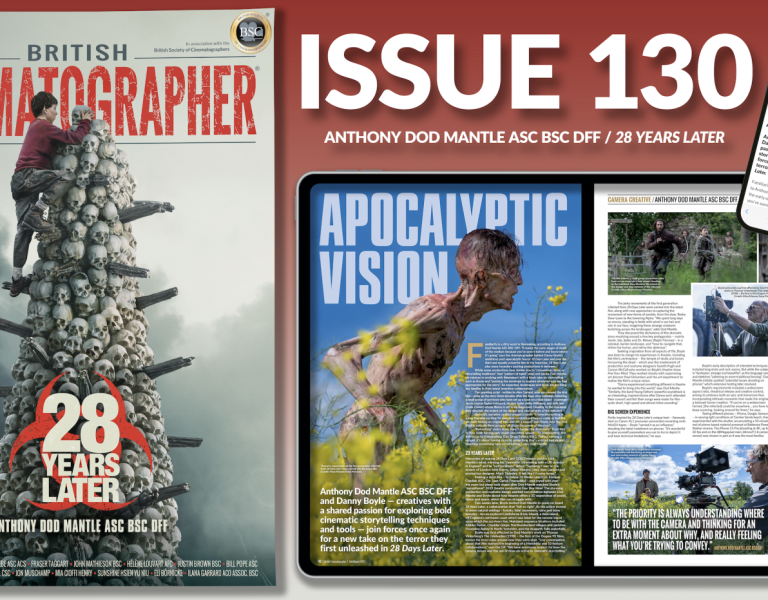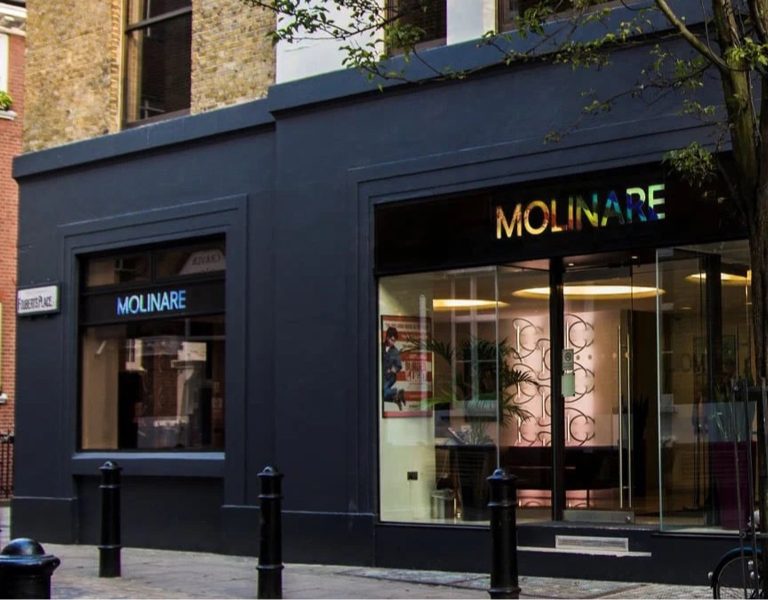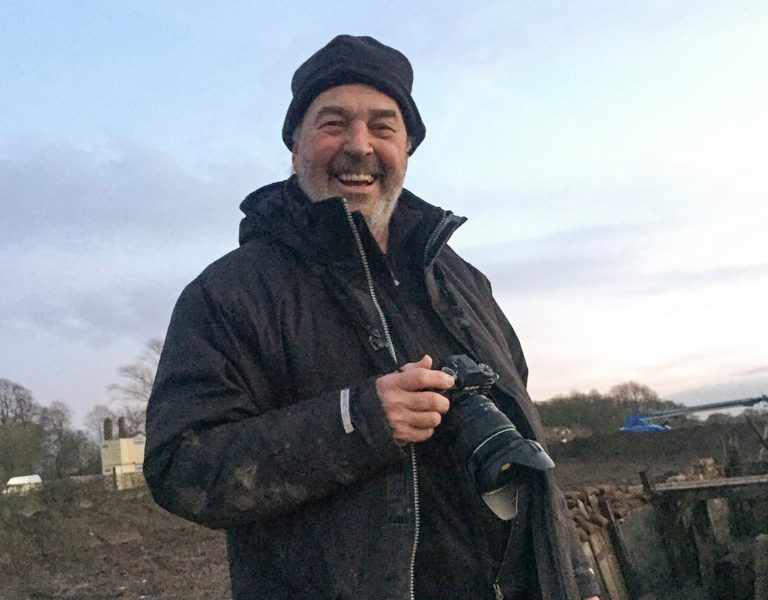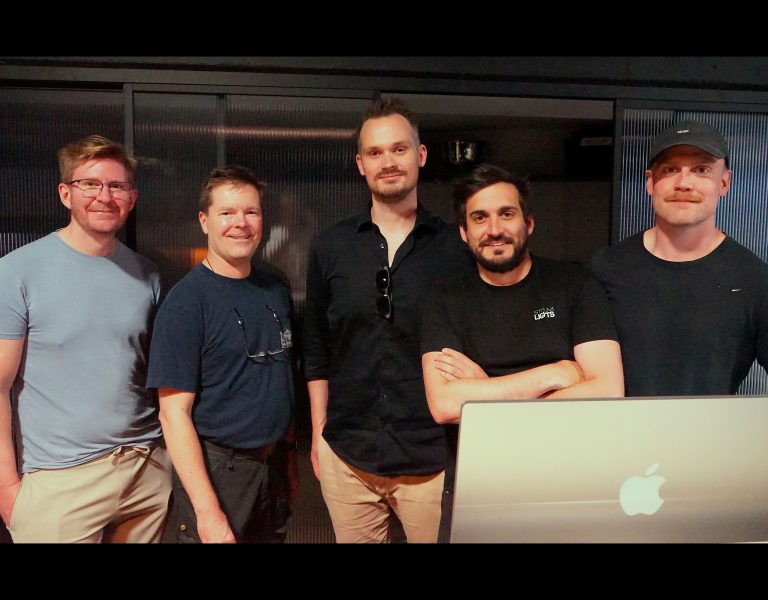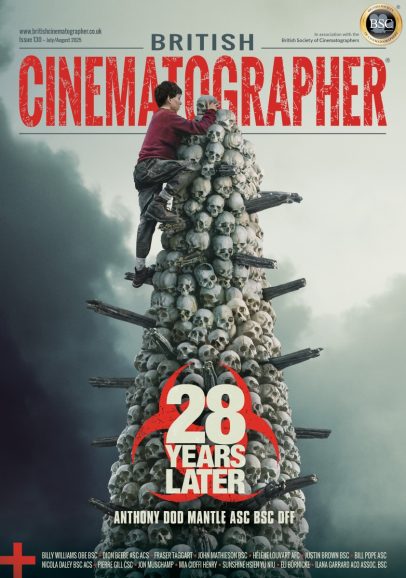Why eyes lie
Jul 11, 2025
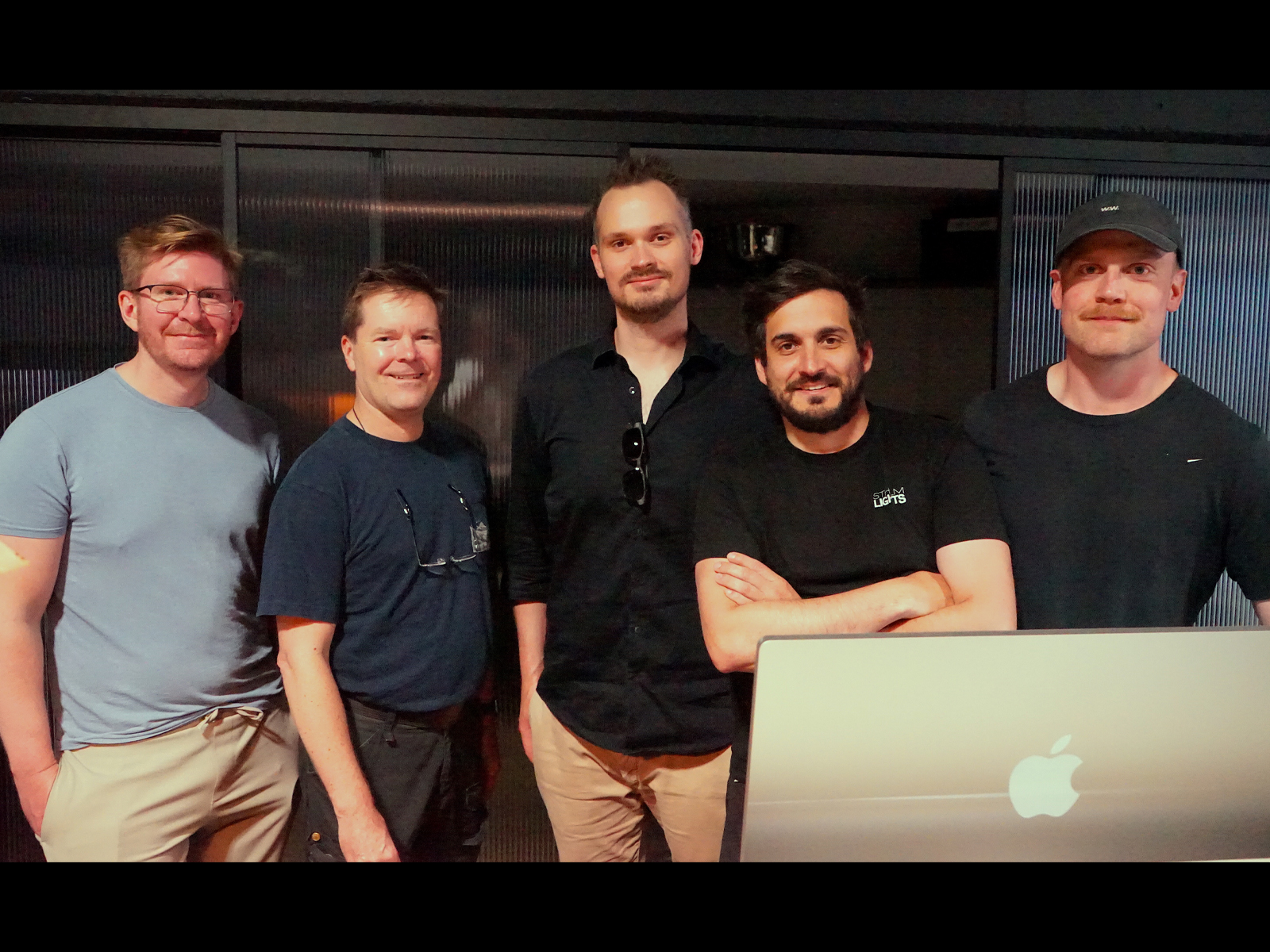
The Cove is an exclusive photo studio in Stockholm which opened as recently as October last year and is managed by Patrick Schönberg and Dominic Hedgecock through their company Stockholm Lights.
On Thursday, July 3rd, an expectant crowd gathered here to listen to ”Why Eyes Lie – An Introduction to Lighting Color Science”, a seminar held by Tim Kang, Principal Engineer of Imaging Applications at Aputure inc, a company well known for their high-end cinematic LED lighting solutions. And given that we’re right in the middle of the Swedish vacation season, attracting an audience of about fifty people must be considered a big success, especially since it’s a beautiful summer day outside -a bit on the windy side perhaps, but still clear blue skies above.
Patrick Schönberg and Dominic Hedgecock are specialists -as you might’ve guessed- in all things lighting, primarily for stills photography, and today they are gracious hosts for this event. The audience settles down as Louis Armstrong’s rendering of ”A Kiss to Build my Dream on” plays softly from the loudspeakers preparing us for a pleasant learning experience, Martin Heleander from Bellalite AB gives a short welcoming speech… and we’re off!
“I’m a husband and a father first and foremost”, Tim Kang introduces himself, commenting on the notoriously tricky combination of balancing family life and film shoots. With shooting on location, unexpected overtime, etc, there’s always a lot of pressure on film families, ”so now giving these lectures is my solution to leading a normal family life and still being who I am as a cinematographer”. And Tim Kang’s credentials are outstanding: he’s an ASC Associate member, has a degree in cinematography from the American Film Institute Conservatory and holds a degree in Biomedical Engineering from John Hopkins University.
”As cinematographers we use colour for a narrative reason, to help us tell stories”, Tim offers and adds with a smile, ”and if telling stories isn’t what you focus on as a cinematographer -maybe you need to rethink your priorities”.
”But when it comes to colour, in essence, our eyes lie to us all the time. They fill in color information which -technically and scientifically- isn’t there in reality. They perceive colours differently depending on temporal factors as well as on what neighboring shades surround a colour”.
Tim proceeds to demonstrate these phenomenona, both on the computer screen, as well as through an arrangement of cameras and lamp fixtures set up in front of the audience.
He lets one of Aputure’s older fixtures, a Lightstorm 600, showcase the shortcomings of traditional RGB LEDs.
”A typical LED has deficiencies in trying to mimic daylight” Tim explains, ”it does a poor job of doing so because of its deficiency in the far end of the blue region. A practical effect of this for cinematographers is that you cannot adequately illuminate objects that need that region to exhibit the correct color. After all what it looks like in the camera is what matters. But you may get reactions on set—or even worse, in post—because it’s clearly not true white light to the eye.
This problem can be remedied by incorporating a violet LED in the light engine, so we started adding violet to our LEDs last September and it improves the blues, violets, and whites considerably”. Aputure’s latest generation of lamps featuring the Blair light engine all have this improvement.
Another significant shortcoming of traditional early LEDs is that they pretty much can’t produce the color yellow so it’ll register as yellow in the camera. ”It’s been my experience -on set!- for the last 11 years”, Tim clarifies, ”that the light basically skips yellow as you tweak the colours from red to blue back and forth. A tungsten light with a yellow gel looks and registers as true yellow, both to the eye and to the camera. So you would have to put a yellow gel in front of a traditional RGB LED and lose time while doing so, which nullifies the time gained by using LEDs in the first place”.
This shortcoming can be remedied by incorporating amber and lime LED components in the light engine, and this is exactly what we find in the C-versions of Aputure’s latest fixtures, such as the Storm 1000C and the Storm 80C.
Along the way we in the audience pick up a lot of ”fun facts” about colour in our every day surroundings, which we hadn’t thought of before. For instance, manufacturers of white clothing, including underwear and t-shirts, often pre-wash their products and incorporate a blue tint to enhance the perceived whiteness of the fabric and make them look a cleaner white. ”I was shooting a scene with a bride in a white wedding gown”, Tim remembers with a smile, ”and in daylight the dress looked clear white, but then we went indoors, and in the (traditional RGB) LED lights the dress looked like bleached muslin! Of course, you could fix this in post with a lot of really expensive rotoscoping”, Tim laughs.
And green traffic lights are generally manufactured the cheapest way possible -so you may not get green traffic lights looking ”green” on camera!
–
Words by Lars Pettersson FSF

